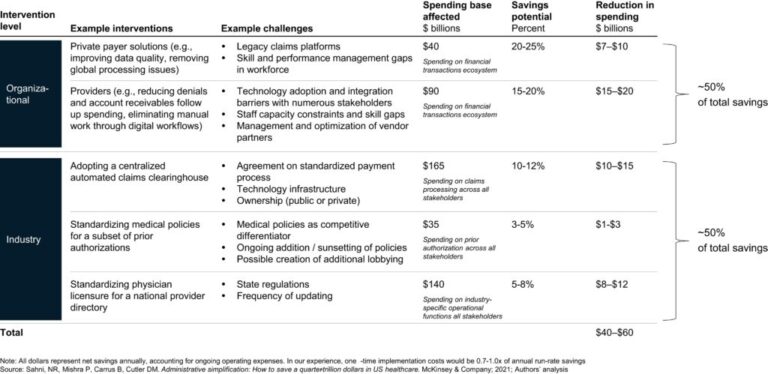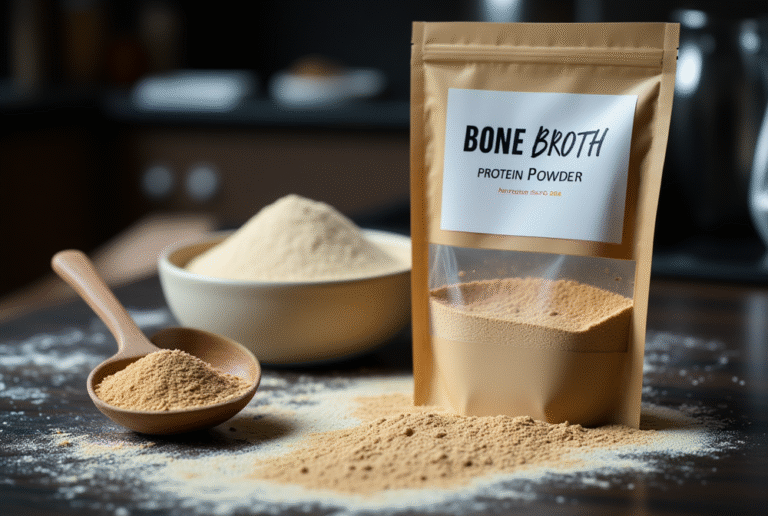Pranasana
A. Method – Sit cross-legged. Fold the left leg like a Padmasana and place it on the right thigh. Bend the right leg and bring it close to the hips. Bring the right armpit over the right knee and take the fingers of the hand under the feet. Hold the right toe with the right hand; Left – Place the hand on the left – knee. Sit with your spine straight and look forward. 30 sec. Match the two legs after the stay. 10-15 sec. After rest, change legs again; Do this 4 times.
B. Noticeable – Left the knees will stick to the ground. The seat puts a lot of pressure on the lower abdomen during practice. It is necessary to practice with caution so that the stomach does not get hurt.
C. Benefits –
1) Improves the functioning of the liver and other digestive tract.
2) It is especially effective in treating indigestion, loss of appetite, constipation, colitis, etc.
3) The nerves of the hands and feet – the muscles are well formed.
Uttitho Padasana
A. Method – Lie on your back, keep your legs straight, and lift them about a foot off the ground. The hands should be loose on both sides of the body so that there is no pressure on the hands. Do it 4-5 times for 15-20 sec. At first the stomach trembles, it is hard to stay; but regular practice can last a long time.
B. Noticeable – Early on the seat has the advantage of holding your breath during practice. Afterwards, try to stop breathing normally while sitting in the seat.
C. Benefits –
1) The seat is effective in strengthening the abdominal muscles.
2) When the abdominal muscles are not strong, the abdomen bends forward and causes abnormal movement.
3) The seat is also quickly effective in reducing excess fat to prevent this relaxation of the abdominal muscles.
4) Increases the ability to walk, walk and run.
5) Stool excretion is easier as the internal pressure of the abdomen increases.
6) Digestion is good.
7) Helps heal hernias; Regular practice reduces the chances of hernia rage.
8) This seat is especially useful for people with low blood pressure.





